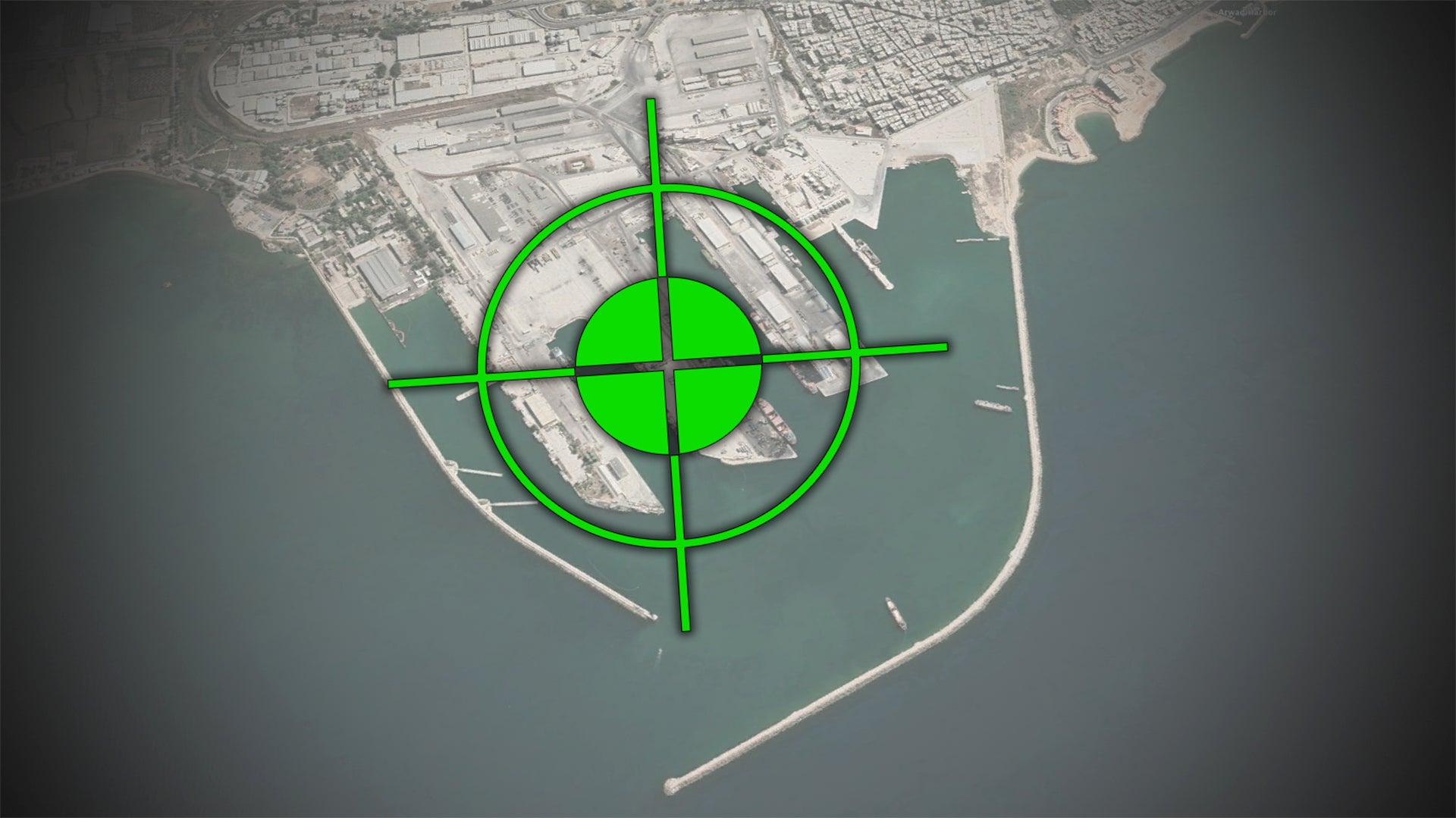Recent satellite imagery of the Syrian port of Tartus appears to show efforts to create a large smokescreen to obscure Russia’s strategic naval base there. Russian forces have reportedly conducted similar activities at this facility on at least one occasion in the past.
The imagery showing the port yesterday was provided by satellite imagery and space technology firm Maxar Technologies. It shows what seem to be very deliberate palls of white smoke rising from points along jetties, from breakwaters surrounding the harbor, from other locations immediately inland of the harbor, as well as from at least two vessels steaming at sea. Our attention to the images was brought by Christiaan Triebert, responsible for Visual Investigations at the New York Times.
Smokescreens have been used to shield military movements for centuries, and although the immediate impression from the Tartus imagery does not suggest it was necessarily highly effective, it could still have been useful in preventing some sensors — or prying human eyes — getting a good look at what was happening there.
Since the start of the Kremlin’s Syrian campaign in 2015, the port has received a steady stream of vessels bringing cargoes from Russia. In turn, satellites, as well as foreign manned and unmanned intelligence, surveillance, and reconnaissance (ISR) aircraft keep a close eye on Tartus from airspace over international waters in the eastern Mediterranean.
In general, Tartus is a highly strategic base for Russia, being its only warm-water port in the Mediterranean and the only such naval facility situated anywhere outside of the country’s own borders. In 2017, Russian President Vladimir Putin signed a new 49-year lease of the facility with dictator Bashar Al Assad’s regime in Syria. That deal includes provisions for additional 25-year-long extensions after that initial period. It’s unclear how much the Kremlin spends each year to operate and maintain the base, but a report in 2020 said the annual cost was around $41.5 million.
Depending on the type of smoke used, it could have been effective in obscuring areas of the port from electro-optical cameras and some infrared optics, including imaging infrared seekers used on various precision-guided munitions, such as some missiles that are adept at attacking littoral targets. On the other hand, it would not have helped obscure movements at the port from imaging radars or some multi-spectral cameras, found on platforms like the unmanned RQ-4 Global Hawk and which are tailored to peer through smoke, fog, dust, and other obscurants.
We know that Russia’s military has at least trained to use smokescreens to help camouflage naval bases in the past. In 2016, Nuclear, Biological, and Chemical (NBC) Protection personnel conducted one such drill in Severomorsk, where the Russian Navy’s Northern Fleet is headquartered. These NBC troops, known collectively by the Russian acronym RKhB, are responsible for smoke-laying activities, as well as the operation of the TOS-1 self-propelled thermobaric artillery rocket system, in addition to nuclear, biological, chemical, and radiological defense and decontamination missions. Russian language media reports at the time said that exercise was meant to show, in part, the ability of smokescreens to protect the base against both enemy sensors and precision-guided weapons.
Back in 2018, there were also reports that the S-300 surface-to-air missile systems that arrived in Syria to bolster the Assad regime’s air defense capabilities were unloaded at Tartus under the cover of smokescreens. Pro-regime sources on social media also suggested that this was the case.
Training to rapidly distribute smoke around a strategic naval base like Tartus makes good sense. Prior to or even during an attack on that facility, smoke could be used as described above, to confuse missile sensors and to limit surveillance of the installation for targeting and general intelligence needs. It is a very low-tech countermeasure against very high-tech and relevant threats.
Whatever was happening yesterday at Tartus, it reinforces the fact that the port continues to be a vital hub for the Russian military presence in Syria, and for Moscow’s continued ambitions in the country and the wider eastern Mediterranean.
Contact the author: thomas@thedrive.com
